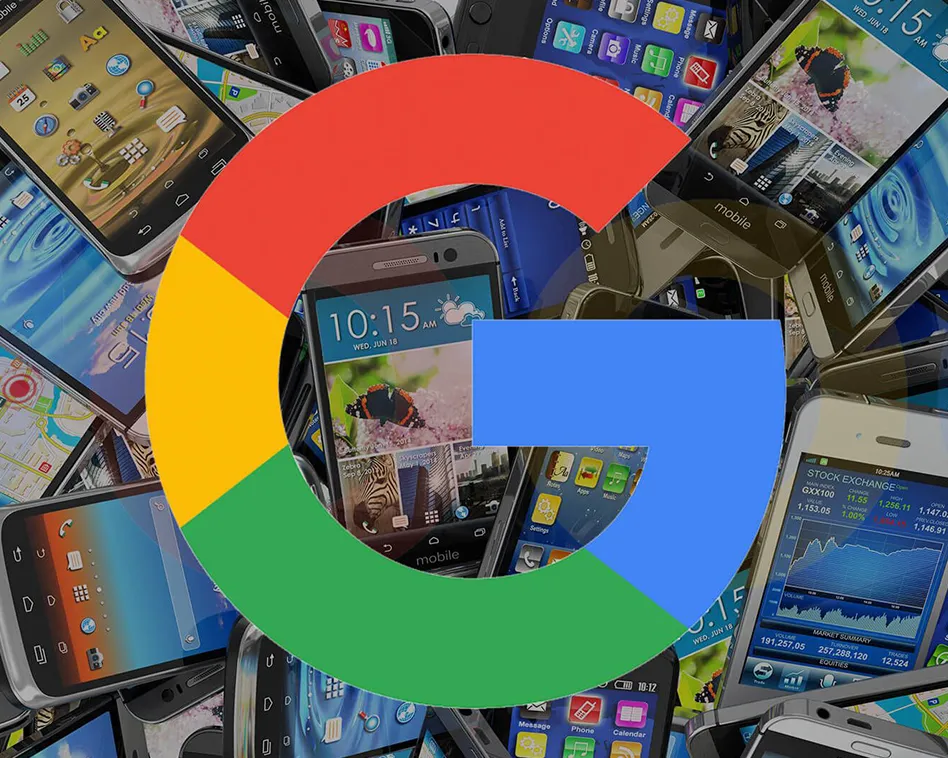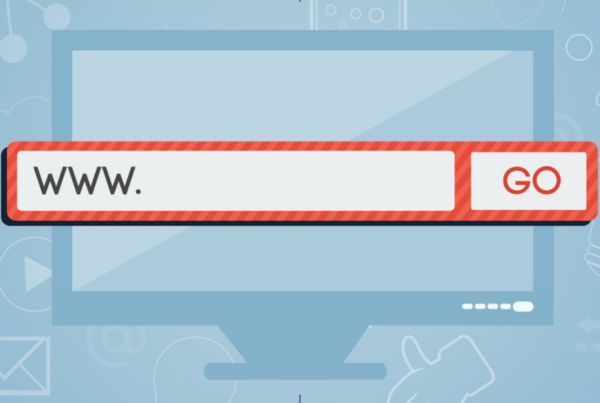
Cellphones have eclipsed and potentially surpassed other technologies ad gadgets in relevance and significance as consumers actively use them for pretty much everything, be it research and study, work or trade. Smart phones contributing to approximately ’63’ percent of the total of Google’s search volume in the United States, as per current data, research and statistics.
In respect to these altering usage patterns and user preferences, Google officially confirmed a few years back that it would switch from computers to mobile indexing and encoding. Website owners, developers and digital marketers reacted with apprehension and skepticism to this revelation. However, the world is always changing, and Google takes great satisfaction in being a leader and trend setter at the forefront of it all.
What really is ‘Mobile-First Indexing’ and how does it function?
Before we go into all of the strategies and approaches that web designers should implement in place to guarantee that their sites run smoothly and effectively, let’s first define and clarify the phrase Mobile-First Indexing. Mobile-First Indexing, as per Google, indicates and implies that Google prioritizes indexing and ranking mobile versions of data or content.
Google has already started indexing mobile-first information and content by defaults, and every web page or site, uploaded to Google search after July 2019, is being indexed first in mobile mode or format of that website.
It is essential you integrate the following tools and techniques for mobile-first indexing to your website;
‘Googlebot’ has access to the Content and Data of your Mobile Web Version;
Make absolutely sure that search engine bots like Google can comprehend the information and access the material on the mobile version of your web page. To offer pertinent information for the Google search engine, ensure that Google Bot (a web crawler) properly communicates and interprets your site materials and info. Follow these simple steps to enable and permit Google Bot to incorporate your data without bugs and issues for mobile indexing;
- On your desktop and mobile webpages, use the same bot Meta tags. Google crawlers can find it difficult to index your content if you employ multiple tags when your site is set up for mobile-first indexing.
- Googlebot will reject the command to index your principal material, such as media files, that need manual intervention (having to click and input). Hence, you should be careful when ‘Lazy Loading’ your web content and follow the guidelines given by Google itself.
- Authorize Google to monitor and analyze your web resources and data regularly. The pc and mobile versions of certain resources and sites have distinct addresses or URLs. . If you really want your web pages to be indexed by Google, keep in mind not to prevent or restrict them.
Key Content That Is Consistent;
Maintain the key material on your desktop and mobile webpages identical. Since Google only indexes mobile versions of sites, make sure your mobile and desktop versions are identical and consistent. If your mobile site appears to be lacking in content, look to improve it. To give visitors an accommodating interface, ensure your headings and multimedia elements are similar across both mediums.
Develop an exquisite and proportionate visual appearance;
Visual material, – for example images and videos, ought to be the appropriate size and resolution, across both computer and mobile versions of your webpages, for indexing. Implementing a few protocols for graphics and guidelines for vids (as been recommended by Google), are as follows;
- Ensure your photographs are in a layout that’s suitable for compact displays and have a high-resolution, as Google doesn’t like low-resolution pictures while indexing.
- For Google to render a video, it must be in a desired format with the relevant annotations.
- On both desktop and mobile variants of the webpage, the graphical content must be appropriately arranged.
Develop sites that are adaptive and responsive;
The trend these days is responsive webpages, which allow viewers to view an enhanced and optimum version of the website. Mobile-first indexing and SERPs should not be a problem for responsive site owners.
Mobile-first indexing is a sophisticated and comprehensive method of assessing all internet data and content. Take note that mobile-first indexing has become the most exclusive source of indexing and ranking, so businesses won’t be able to opt out. We recommend that you implement these measures as soon as feasible to mitigate malfunctioning glitches.














Recent Comments